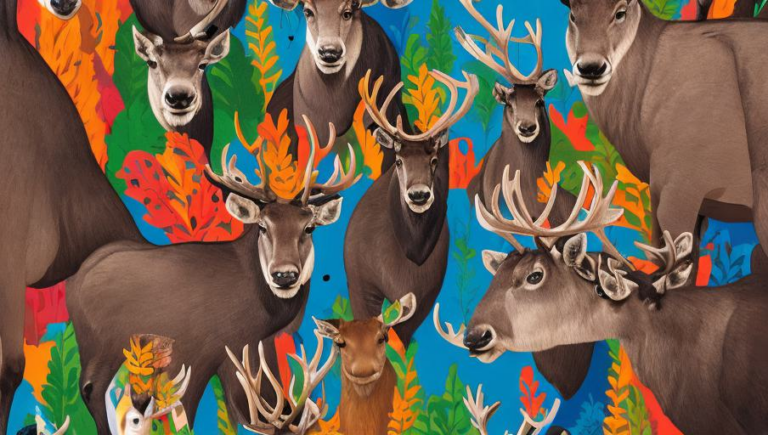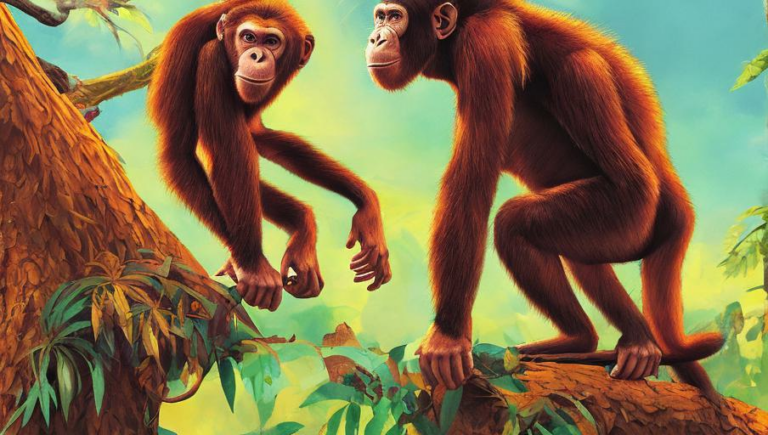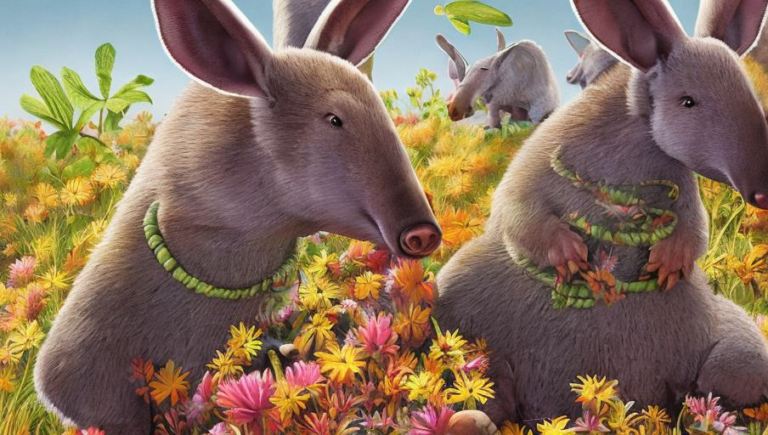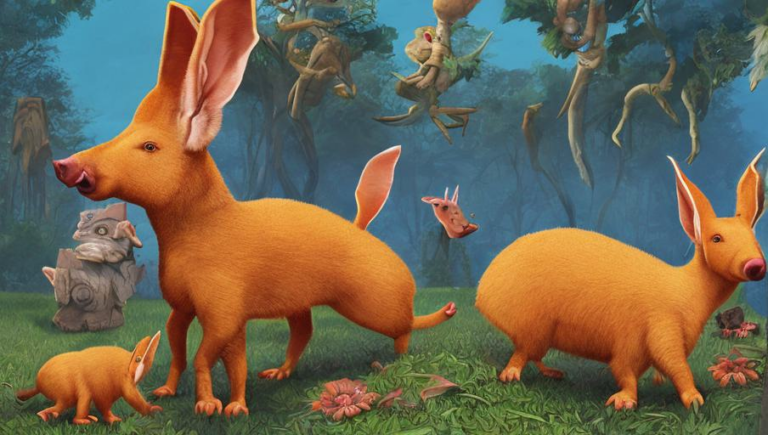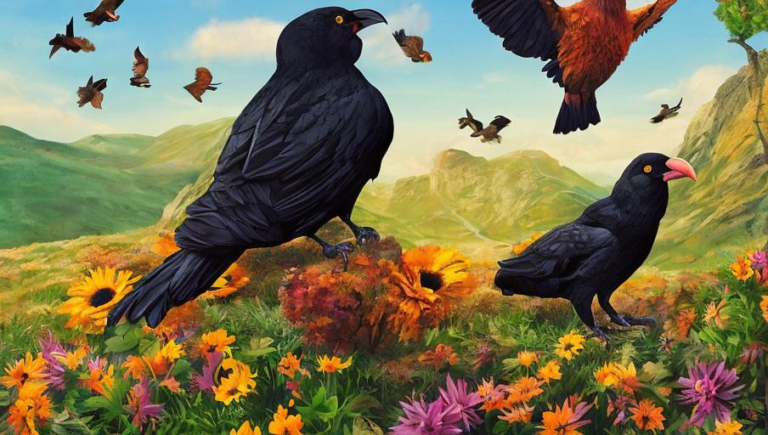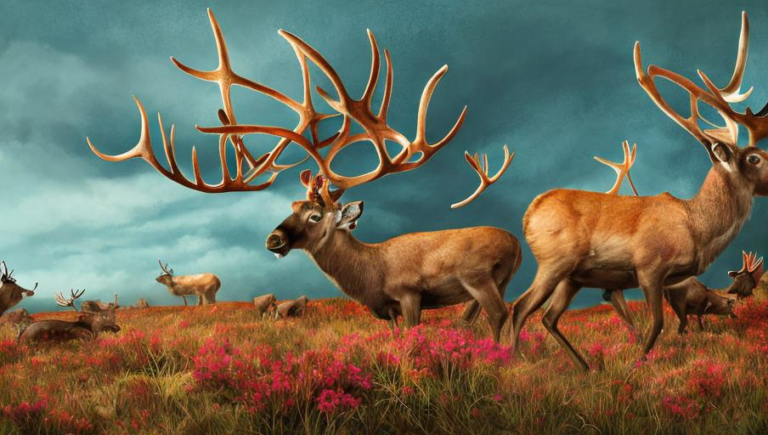Understanding the Role of Bears in Ecosystems
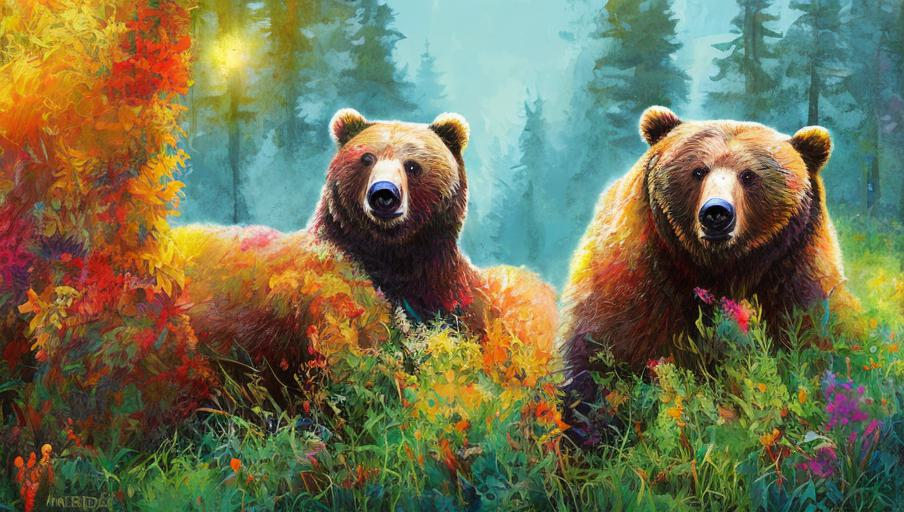
Introduction
Bears are an integral part of the ecosystems in which they live. They are important predators, scavengers, and seed dispersers, and their presence can have a profound impact on their environment. As humans encroach upon bear habitats more and more, it is important to understand how bears impact ecosystems and how to protect them.
Predators and Scavengers
Bears are apex predators in many parts of the world, and as such, they help to maintain a balance between prey species and the number of predators. When there are too many predators and not enough prey, the ecosystem can become unstable. In addition, bears are also scavengers, which means they help to keep the environment clean by eating dead animals. This helps to prevent the spread of disease and can also help to recycle nutrients back into the environment.
Seed Dispersers
Bears are important seed dispersers, which means they spread the seeds of plants and trees as they move through their environment. This helps to ensure that new plants and trees can grow and thrive, and it also helps to create new habitats for other animals. Bears are especially important for dispersing the seeds of fruit-bearing trees, which can provide food for other species.
Effects on the Ecosystem
The presence of bears in an ecosystem can also have a positive effect on other species. For example, their presence can encourage the growth of certain plants, which can then provide food for other animals. Additionally, bears are important for maintaining the balance between prey and predators. When there are too many predators, the prey species can become over-hunted, leading to population declines. By keeping the number of predators in check, bears help to maintain a healthy ecosystem.
Threats to Bears and their Environment
Unfortunately, the habitat of many bears is under threat due to human activities. As humans encroach upon their habitats, they can be pushed out or forced to compete with humans for food and shelter. Additionally, climate change can have a negative effect on the environment and the species that live in it. As the climate changes, the habitats of bears may no longer be suitable, leading to population declines.
Protection and Conservation
In order to protect bears and their environment, it is important for us to take action. We can take steps to reduce our impact on bear habitats, such as avoiding areas where bears live and cutting back on the amount of resources we use. Additionally, we can support efforts to conserve and protect bear habitats, such as participating in local conservation efforts and supporting organizations that work to protect wildlife.
Conclusion
Bears are an important part of the ecosystems in which they live. They are important predators, scavengers, and seed dispersers, and their presence can have a profound impact on their environment. In order to protect and conserve bears and their environment, it is important for us to take action. We can take steps to reduce our impact on bear habitats, support conservation efforts, and participate in local conservation efforts.
